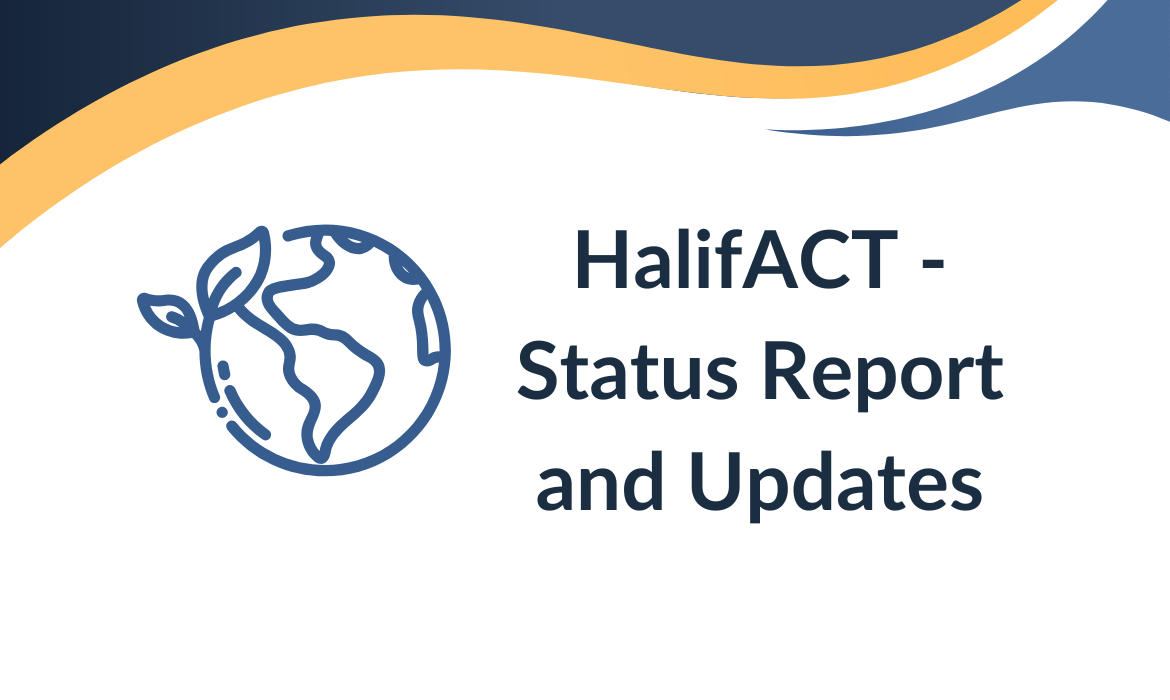HalifACT Annual Progress Report
Regional Council received the HalifACT (Halifax Acting on Climate Together) progress report this October — a document that both celebrates successes and underscores the work still ahead. The report, and the discussion that followed, reinforced a primary purpose of the HalifACT framework: to make the municipality carbon neutral while lowering long-term operating costs and aligning with other levels of government to get there.
One of the best examples of this collaboration is the Zero-Emission Bus Project. Through funding from all levels of government, HRM residents will benefit from a cleaner, more efficient transit fleet that reduces emissions and saves money over time — a real win for both climate action and fiscal responsibility.
HalifACT is an impressive and pivotal document, shaping how Halifax approaches climate resilience and sustainability. However, I continue to see a critical gap in how we measure and account for carbon emissions. Wildfire is now one of the leading sources of CO₂ emissions in Canada, yet those emissions are not currently included in HRM’s calculations.
The consequence of this omission is significant: what we don’t measure, we don’t fund. Without acknowledging wildfire emissions within our climate accounting, we risk underinvesting in mitigation, adaptation, and collaboration with other levels of government — all of which are essential to building a truly climate-resilient municipality.
Using generic data available online, I calculated the CO₂ impacts of wildfire in HRM, using Tantallon as the example (see below). Through that line of thinking, I asked for a supplemental staff report for updating HalifACT to include the following:
Recognize wildfire as a leading CO₂ emissions source and account for wildfire CO₂ emissions in Halifax’s community emissions profile.
For example, the Tantallon wildfire burned approximately 950 hectares of forest in HRM - emitting an estimated 35,000 tonnes of CO₂. To put that in perspective, that single wildfire event in HRM is roughly equivalent to the lifetime emissions savings of approximately 500 electric buses. According to Natural Resources Canada, the “annual carbon emissions from wildland fires alone can equal the annual total carbon emissions from burning fossil fuels across the country.” I believe we need to underscore the scale of CO₂ emissions from wildfire in HRM, and the urgent need to treat wildfire not only as an emergency management issue, but as a core climate policy priority.
Include wildfires as both a standalone and self-reinforcing climate hazard.
Wildfires intensified by climate change create a self-reinforcing cycle: rising temperatures and prolonged drought due to climate change increase fire frequency and severity, which in turn leads to wildfires releasing massive carbon stores back into the atmosphere, which leads to further accelerated climate change and further increased wildfire frequency and severity.
Recognize wildfire and forest loss as a loss of natural carbon sinks, and specifically track forest losses as a loss of CO₂ sequestration.
HRM’s tree canopy, urban forests and wilderness areas play a critical role in local carbon sequestration, cooling, and stormwater mitigation. Its loss from wildfire has profound and enduring climate and ecological impacts. A single hectare of mature forest can sequester 7 tonnes of CO₂ per year, and we should be accounting for these significant losses of natural carbon sinks. Again, using the Tantallon wildfire example, roughly 6,650 additional tonnes of CO₂ are emitted per year due to the loss of carbon sync potential from wildfire.
Identify and develop strategies to mitigate new and emerging wildfire threats.
As just one example, high-production forestry proposed in the Ingram River Wilderness Area (inside HRM) and intensive forestry practices that create dense, even-aged conifer stands and leave post-harvest slash that can increase landscape flammability. These simplified forest structures dry more quickly, ignite more easily, and can support faster-moving crown fires—especially under hotter, drier conditions driven by climate change.
It is my hope that by having more data, more awareness and more funding will follow. We cannot lose track of our biggest source of CO₂ emissions, and we need to continue to make wildfire a top priority.


